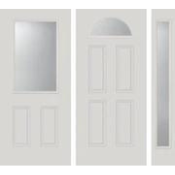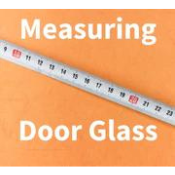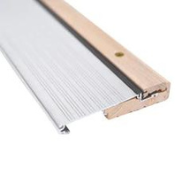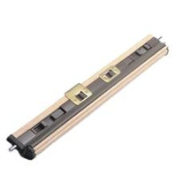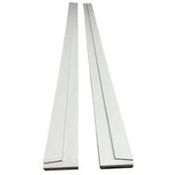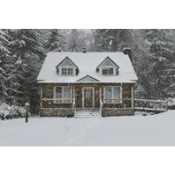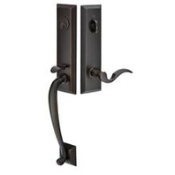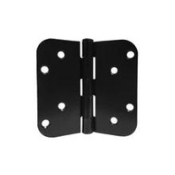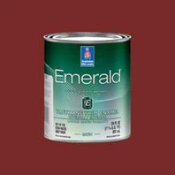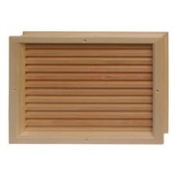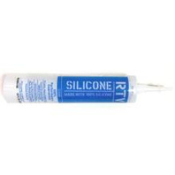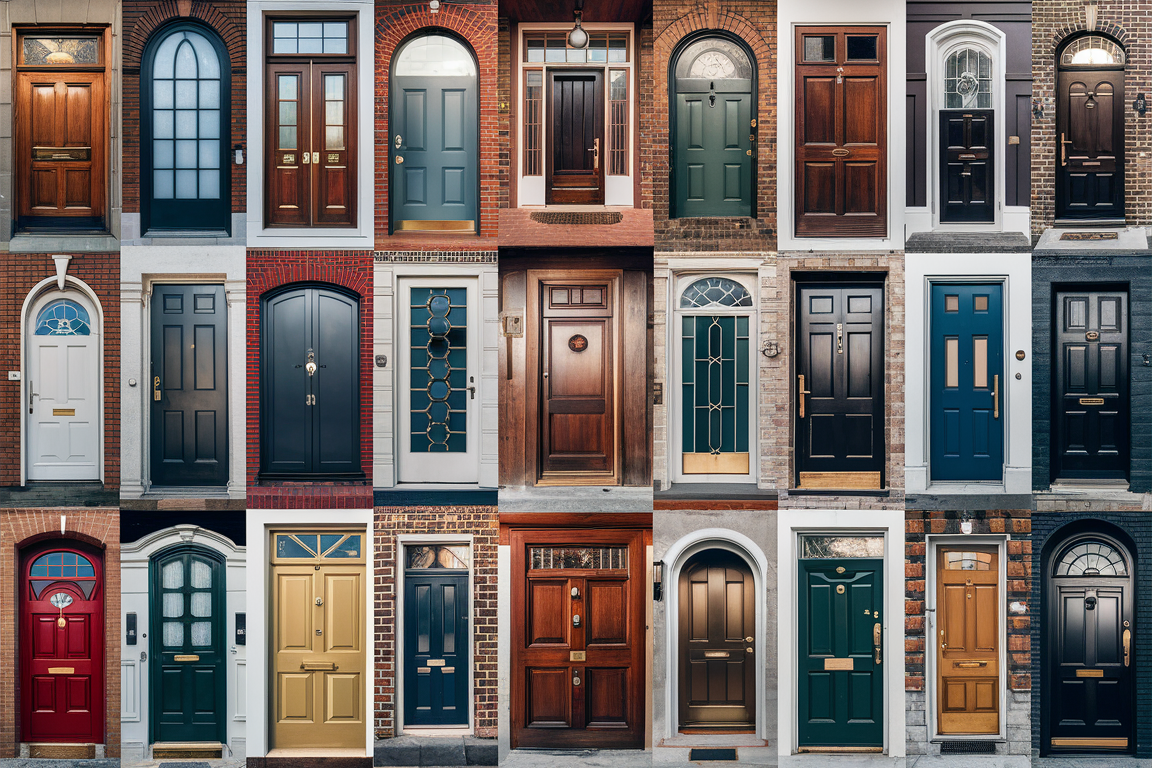
Your front door is the gateway to your home, and it plays a crucial role in creating a lasting first impression. Not only does it contribute to your home's curb appeal, but it also serves as a barrier against the elements and potential intruders. With a wide array of styles and materials available, choosing the perfect front door for your home can be a daunting task. In this comprehensive guide, we'll explore the various front door styles and materials, tips for selecting the right door for your home architecture, installation considerations, security features, and maintenance guidelines.
Key Takeaways:
- Front door styles range from classic wood and fiberglass to contemporary steel and glass options, each offering unique aesthetic and functional benefits.
- Selecting the right door material and design should be based on your home's architectural style, climate considerations, energy efficiency goals, and personal preferences.
- Proper installation by following the manufacturer's instructions or hiring a professional is crucial for ensuring optimal performance and longevity.
- Incorporating security features such as reinforced frames, multi-point locking systems, and smart locks can enhance your home's safety and peace of mind.
- Regular maintenance, including cleaning, inspecting weather stripping, lubricating hardware, and addressing scratches or dents, will help extend the lifespan of your front door.
Overview of Front Door Styles and Materials

Front doors come in a variety of styles and materials, each offering its own unique aesthetic and functional advantages. Here are some of the most popular options:
- Wood Doors: Classic and timeless, wood doors exude warmth and elegance. They are available in a range of species, including oak, mahogany, and cherry. Wood doors can be stained or painted to complement your home's exterior.
- Fiberglass Doors: Fiberglass doors are known for their durability, low maintenance, and energy efficiency. They can mimic the look of wood while offering superior insulation and resistance to warping, cracking, and splitting.
- Steel Doors: Steel doors are renowned for their strength and security. They are available in various designs, including panels, glass inserts, and decorative elements, allowing you to achieve the desired aesthetic while maintaining a high level of protection.
- Sliding Doors: Sliding doors are an excellent choice for homes with limited space or those seeking a contemporary look. They can be made of glass, wood, or aluminum and can seamlessly integrate with your home's architecture.
- French Doors: Elegant and sophisticated, French doors feature glass panes and can be hinged or sliding. They are perfect for creating a seamless transition between indoor and outdoor living spaces.
How to Choose the Right Door for Your Home Architecture
Selecting the right front door for your home involves considering several factors, including architectural style, climate, and personal preferences. Here are some tips to help you make an informed decision:
- Architectural Style: Your front door should complement the overall design of your home. For traditional homes, wood or fiberglass doors with classic paneling or decorative glass may be the best choice. For modern or contemporary homes, sleek steel or glass doors can create a striking focal point.
- Climate Considerations: If you live in an area with extreme weather conditions, such as intense heat, cold, or humidity, you'll want to choose a door material that can withstand these elements. Fiberglass and steel doors are often better suited for harsh climates than wood.
- Energy Efficiency: Look for doors with good insulation values and weather-stripping to improve your home's energy efficiency and reduce utility costs
- Personal Preferences: While adhering to architectural guidelines is important, don't forget to consider your personal style preferences. Your front door should reflect your taste and make you feel proud every time you come home.
Installation Tips for Front Doors

Proper installation is crucial for ensuring the longevity, performance, and security of your front door. Here are some tips to keep in mind:
- Follow Manufacturer's Instructions: Carefully read and follow the manufacturer's installation instructions to ensure the door is installed correctly and to maintain warranty coverage.
- Measure Accurately: Take precise measurements of the door frame opening to ensure a proper fit and avoid costly mistakes.
- Use Professional Installation: While DIY installation is possible, hiring a professional installer can ensure proper techniques are followed, especially for complex installations or specialized door types.
- Check for Level and Plumb: During installation, ensure the door frame is level and plumb (vertically straight) to prevent problems with operation and weatherproofing.
- Properly Seal and Insulate: Apply appropriate weatherstripping and insulation around the door frame to prevent air leaks and improve energy efficiency.
Security Features for Front Doors
Your front door is the first line of defense against unwanted intruders, so it's essential to consider security features. Here are some options to enhance the safety of your home:
- Reinforced Frames and Locks: Look for doors with reinforced frames, multi-point locking systems, and high-quality deadbolts to deter forced entry.
- Peepholes and Security Cameras: Install a peephole or integrate a security camera system with your front door to monitor visitors before opening.
- Glass Reinforcement: If your door has glass panels or inserts, consider reinforced or tempered glass options for added security.
- Smart Locks: Embrace the convenience and security of smart locks, which allow you to control and monitor access to your home remotely via a smartphone app.
- Lighting and Landscaping: Proper exterior lighting and strategic landscaping can deter potential intruders and increase visibility around your front door.
Maintenance and Care Tips
To ensure your front door maintains its beauty and functionality for years to come, follow these maintenance and care tips:
- Cleaning: Regularly clean your door with mild soap and water to remove dirt, debris, and potential contaminants that could damage the material.
- Inspecting Weather Stripping: Check the weather stripping around your door periodically and replace it if it becomes worn or damaged to maintain energy efficiency and prevent drafts.
- Lubricating Hardware: Keep door hinges, locks, and other hardware lubricated according to the manufacturer's recommendations for smooth operation.
- Addressing Scratches and Dents: For wood doors, use touch-up stains or fillers to address minor scratches or dents. For fiberglass or steel doors, consider professional refinishing services if the damage is significant.
- Repainting or Restaining: Repaint or restain your door as needed to maintain its appearance and protect the material from the elements.
By considering the various front door styles, materials, installation requirements, security features, and maintenance needs, you can select and care for a front door that not only enhances your home's curb appeal but also provides functionality, security, and lasting value.
Conclusion
Choosing the right front door for your home is a decision that shouldn't be taken lightly. It's an investment that not only enhances your home's curb appeal but also plays a vital role in security, energy efficiency, and overall functionality. By considering the various styles, materials, and factors outlined in this article, you'll be better equipped to make an informed choice that aligns with your architectural style, personal preferences, and practical needs.
Ultimately, your front door is not just an entryway; it's a statement piece that reflects your style and sets the tone for your home's overall aesthetic. By making an informed decision and investing in quality materials, installation, and maintenance, you'll enjoy the beauty and functionality of your front door for years to come.


